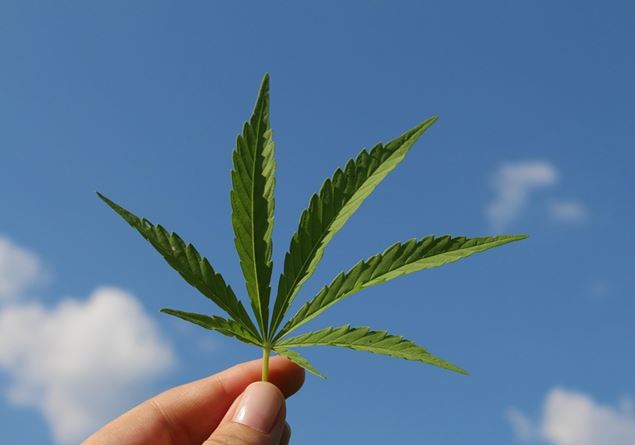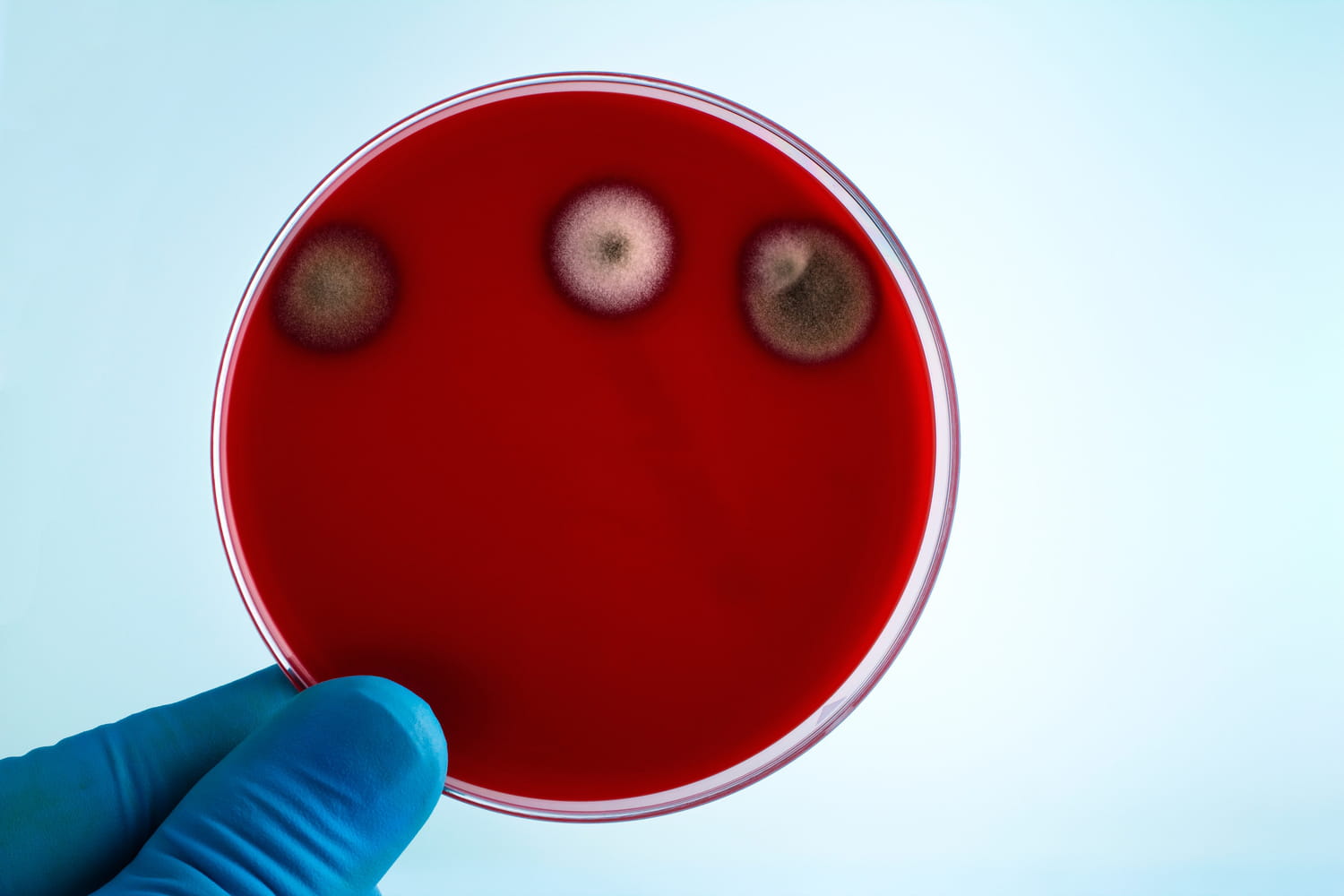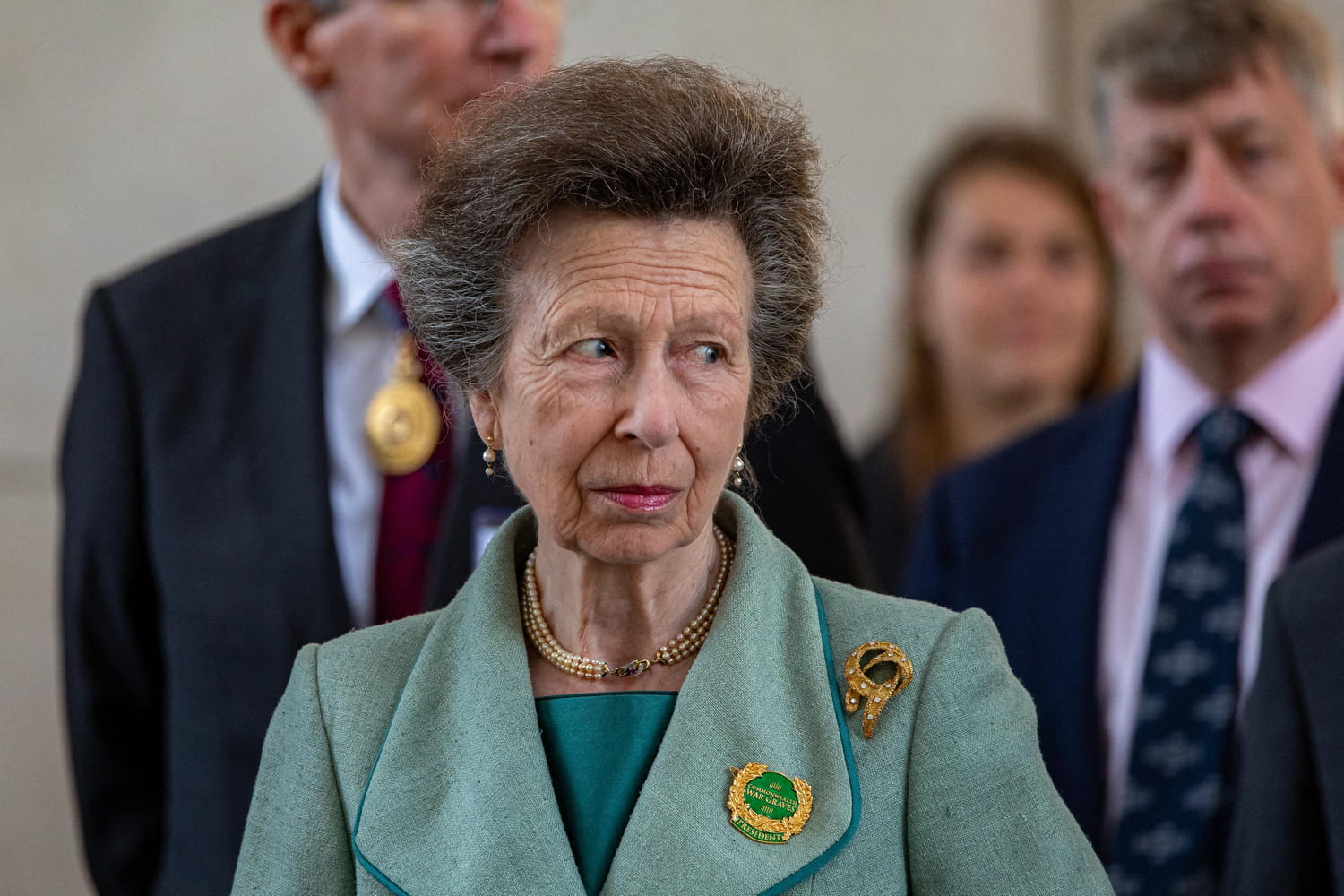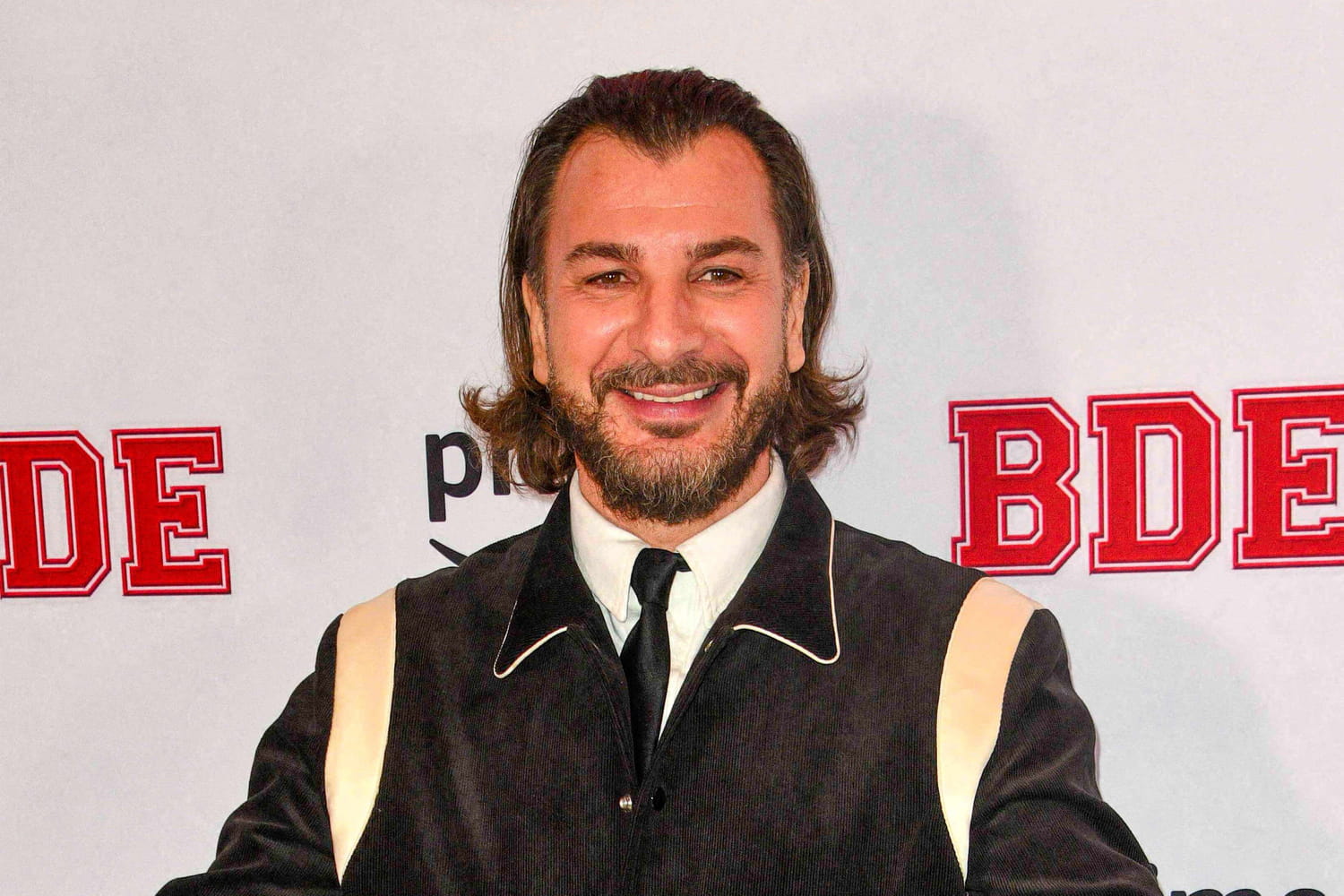The new growth curve incorporates new growth curves, different for girls and boys and to be interpreted according to BMI. How are they more optimal? What age at what age? What weight? When to worry?
Size, weight, cranial perimeter … Monitoring the physical growth of your child is done thanks to the growth curves that are inscribed in the health book. In order to detect any growth anomalies early, it is advisable to weigh and measure it every month until 2 yearsevery six months until the age of 6, then every year until puberty. The growth curves were updated in 2018 by researchers from Inserm and the Epidemiology and Statistics Center Sorbonne, pediatricians and general practitioners from all over France. The latter have made more than 5,000,000 measures on children aged 0 to 18. The objective? “”Better take into account the morphological changes of the population” And “facilitate the identification of growth anomalies“. Indeed, the French growth curves proposed by the WHO and contained in the health book dated from 1979 (that is to say of two generations!).


> See the cranial perimeter of girls from 0 to 5 years old



> See the cranial perimeter of boys from 0 to 5 years old
“”The interpretation of the measures is based on a joint analysis of the size, the weight and the body mass index, and takes into account the sizes of the parents, the previous measures and the pubertal stadium“, Can we read on the new curves of the health book. The doctor will therefore weigh and measure the child and will calculate his BMI according to the following formula: BMI = weight/size².
He will transcribe the weight, size and BMI measurements on the graphics above and determine, depending on the size of his parents (a formula is indicated on the top of the graph of size and weight: the “parental target” size corresponds to the average of the size of the father and the mother, to which we add 13 cm for boys and withdraw 13 cm for girls), of his sex, his age, ” Each graph and reference measures, if the child has normal growth or if he has possible growth problems. The follow -up of these curves can allow in particular the early screening of infantile obesity. The High Authority for Health recommends Monitor the BMI reported to the corpulence curve in all children and adolescentswhatever their age, their apparent corpulence, the reason for consultation two to three times a year.








